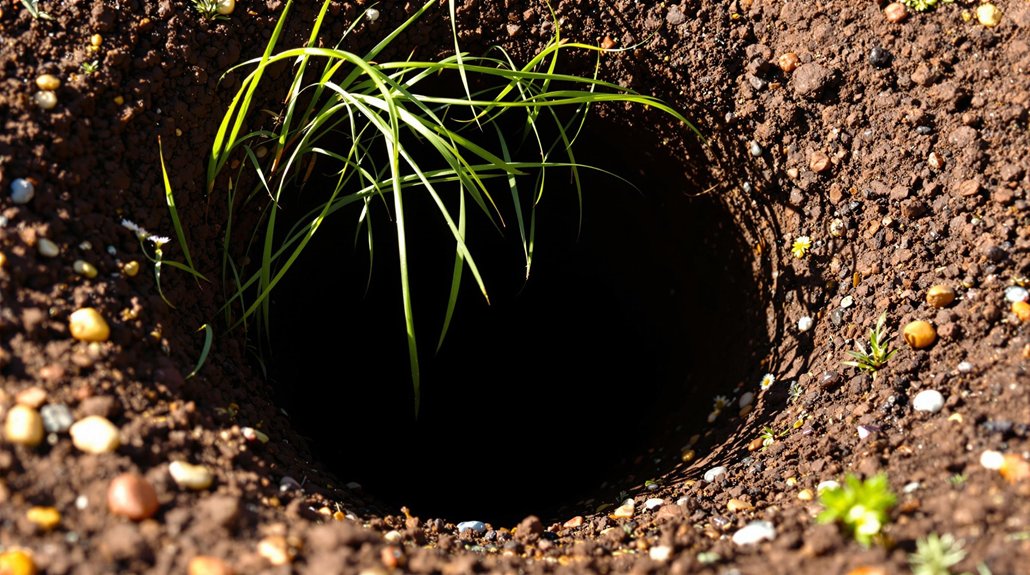Common Entry Points for Squirrels
Squirrels commonly enter homes through various points of vulnerability. Roof gaps around chimneys and vents are easily overlooked. Attic vents, like ridge and gable vents, can also allow access. Uncovered chimney openings invite squirrels, while cracks in eaves and...
Common Entry Points for Wildlife in Michigan Homes
Common entry points for wildlife in Michigan homes include gaps in windows and doors, attic vents, and exhaust fans. Cracks in roofs and eavestroughs can also provide access for animals like raccoons and squirrels. Additionally, foundation cracks, open chimneys, and...
Health Risks Associated With Bat Guano
Bat guano can pose significant health risks, primarily through respiratory problems and infections. Inhaling dust from guano can lead to issues such as coughing, wheezing, and shortness of breath. It may carry pathogens that cause diseases like histoplasmosis, which...
